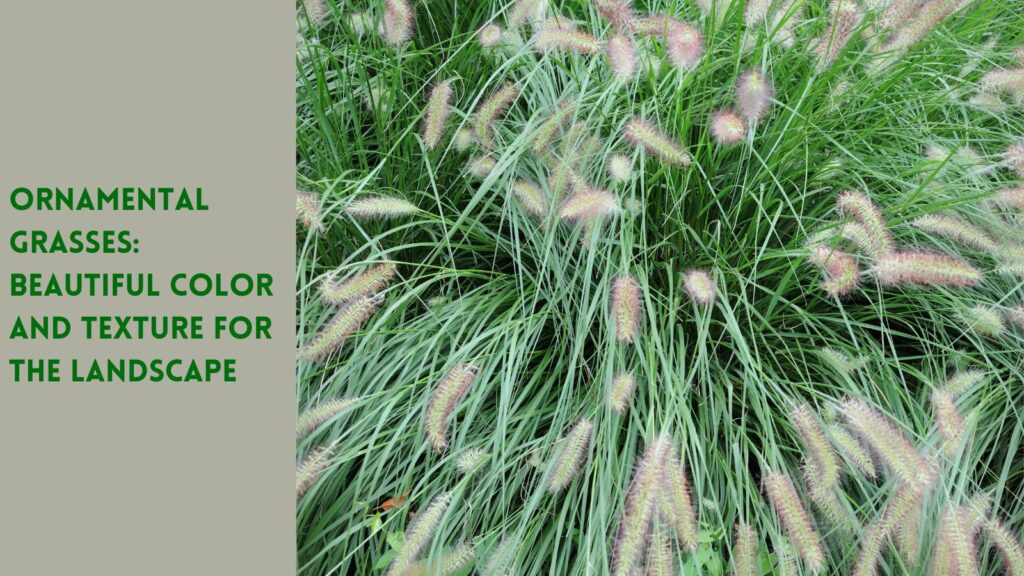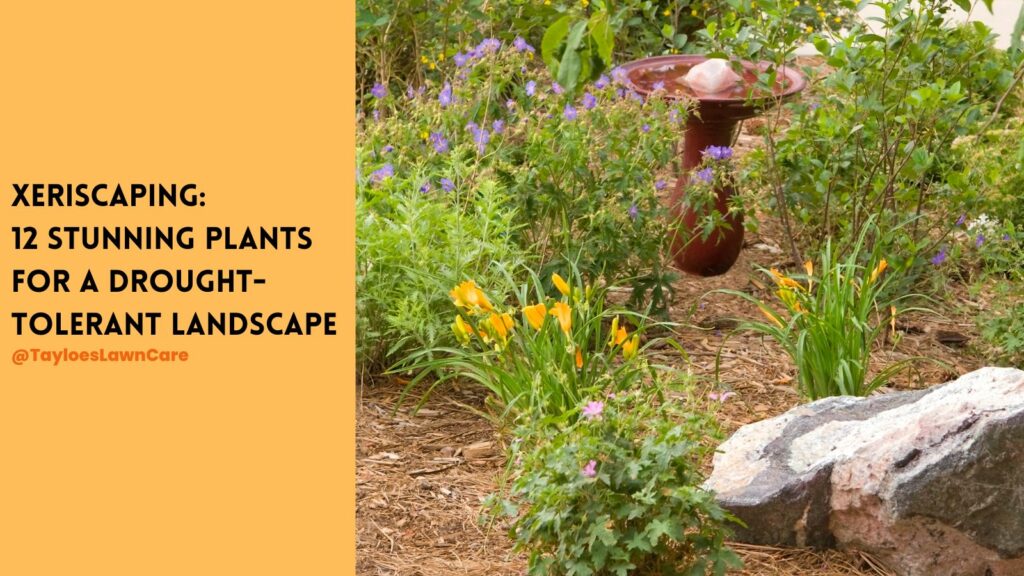Last Updated on: 11th April 2024, 07:09 am
Pampas Grass is beautiful but can get out of control!
Picture this. You’re strolling through a garden, and your eyes catch on those majestic tufts of pampas grass swaying gracefully with the breeze—a natural spectacle of elegance.
It’s easy to fall for its charms, envisioning those feathery plumes as the crown jewel of your garden. The allure is undeniable—a statement piece that whispers sophistication and wild, untamed beauty all at once.
And there you stand, caught in a moment of awe, yet a whisper of hesitation creeps in. “Is this beauty as carefree as it appears, or is there a catch?”
You’re not sailing these waters alone.
That mix of admiration and doubt you’re feeling? It’s a shared journey for many enthusiastic gardeners standing at the crossroads, pondering if Pampas Grass is the hero or the hidden villain of the garden saga.
Yes, it’s a head-turner, but behind those elegant plumes, there’s an untold story, a balance of benefits and challenges waiting to be discovered.
Let’s unwrap the layers of this botanical enigma together.
With a straightforward look at the pros and cons of inviting pampas grass into your garden and armed with practical taming tips, you can confidently navigate the decision.
No mysteries, no surprises—just clear insights to guide you.
Ready to peek at the full picture?
Let’s take a better look.
The Pros of Growing Pampas Grass
The alluring side of the coin!
Unmatched Beauty in Landscaping
Pampas grass stands out in any garden, offering an unmatched combination of height, texture, and year-round visual interest.
Its towering plumes, which can reach several feet in height, sway elegantly in the breeze, adding a layer of movement and dynamism to the garden.
This ornamental grass acts as a focal point, drawing the eye and elevating the overall aesthetic of outdoor spaces.
A Sanctuary of Privacy and Peace
One practical yet often overlooked benefit of pampas grass is its ability to serve as a natural privacy screen and sound barrier.
Planting in rows or clusters can obscure unwanted views and mute noise pollution, creating a secluded haven in your backyard.
This feature is especially valuable in urban and suburban settings, where space is premium and privacy is cherished.
Unexpected Wildlife Haven
Despite its origins, pampas grass can offer unexpected benefits to local wildlife, providing shelter and nesting materials for birds.
Its dense foliage provides a haven for small animals and insects, contributing to your garden’s biodiversity.
This aspect depends greatly on the local ecosystem and should be considered with awareness of potential invasive impacts.
Pampas Grass Is an Erosion Control Powerhouse
Pampas grass’s deep and extensive root system makes it an excellent choice for controlling soil erosion, particularly on slopes or in areas prone to water runoff.
Stabilizing the soil prevents sediment loss during heavy rains, protects the landscape, and reduces the environmental impact of erosion.
Drought Tolerance & Low Maintenance
Once established, pampas grass is incredibly resilient and requires minimal watering and care. This makes it an ideal plant for drought-prone regions or gardeners seeking low-maintenance landscaping options.
Its tolerance for poor soil and adverse conditions further enhances its appeal as a versatile and hardy plant.
The Cons of Growing Pampas Grass
Time to flip the coin!
The Invasive Threat
The most significant drawback of pampas grass is its potential for invasiveness.
Its rapid growth and prolific seed production can spread uncontrolled, threatening native plant species and ecosystems.
It’s crucial to be aware of local regulations and the ecological impact before planting pampas grass.
Hidden Allergen
Pampas grass can be a hidden trigger for individuals with allergies, especially when it sheds its pollen.
The tall plumes can disperse allergens over a wide area, potentially causing discomfort or health issues for sensitive individuals.
A Flammable Concern
NC State University warns that pampas grass’s dense foliage and dead material can become a fire hazard in dry conditions.
The flammability of pampas grass, especially in regions prone to wildfires, necessitates careful consideration of planting location and regular maintenance to reduce risk.
Removal Challenges
Pampas grass is that “stubborn tenant” you don’t want to brush shoulders with.
Once established, it can be challenging to remove due to its extensive root system and the sharp edges of its foliage, which can cause injuries.
If you’re looking for a more temporary or manageable garden feature, consider its persistence and the effort required for removal.
Disruption to Local Wildlife
While pampas grass can benefit some wildlife species, it can also disrupt local ecosystems by displacing native plants and altering habitat conditions.
This impact on biodiversity is a significant con, highlighting the importance of considering native alternatives or carefully managing pampas grass to minimize ecological disruption.
The Top Taming Tips for Pampas Grass
Now that we’ve explored the allure and potential challenges of pampas grass, it’s time to arm you with strategies to tame this majestic plant.
These tips will help you maximize the positives while effectively managing the negatives, ensuring pampas grass adds value and charm to your garden without the unwanted side effects.
Strategic Planting Is Necessary for Maintaining Pampas Grass
Before planting pampas grass, think carefully about its location.
Consider the plant’s full mature size, ensuring enough space to grow without encroaching on other plants or areas.
Placing it away from property lines can prevent it from spreading into neighboring yards.
Additionally, avoid planting near wildfire-prone areas to minimize fire risk.
Routine Maintenance
Regular pruning is crucial to managing pampas grass effectively.
Cut back the grass in late winter or early spring before new growth starts. This helps to maintain its size, encourages healthy growth, and reduces the fire hazard by removing dead material.
Wear gloves and long sleeves to protect yourself from the sharp edges of the grass.
Control Spread
To prevent pampas grass from becoming invasive, remove the flower stalks before they seed.
If you’re particularly concerned about invasiveness, consider planting sterile varieties of pampas grass, which do not produce viable seeds and are less likely to spread.
Allergen Management
If allergens are a concern, regularly removing spent plumes can help minimize the release of pollen.
Also, positioning pampas grass downwind from common outdoor living areas can reduce your and your family’s exposure to allergens.
Safe Pampas Grass Removal
Should you remove pampas grass, be prepared for a challenging task.
Cut the plant to a manageable size, then dig around the root ball, going as deep as possible to remove as much of the root system as possible.
Consider seeking professional help for removal to ensure it’s done safely and thoroughly.
Wildlife Considerations
If you’re planting pampas grass to attract wildlife, be mindful of the balance in your local ecosystem.
Encouraging native species while being cautious of potentially disruptive effects on local flora and fauna is key.
Research and select varieties of pampas grass or alternative plants that best support your local wildlife.
Legal and Ecological Compliance
Finally, check with your local government or agricultural extension office before planting pampas grass. Due to its invasive nature, some areas have restrictions or guidelines.
Ensuring your garden plans align with local regulations and ecological best practices is crucial for sustainable gardening.
And that’s it!
Next?
Make up your mind.
Is Pampas Grass the Right Path for Your Lawn and Garden Needs?
You’ve made it through the thicket and the thorns, past the towering plumes of insight and across the valleys of doubt. And here you are, maybe feeling like you’re standing at the edge of a garden maze, pondering which path leads to the pampas paradise you dream of—or away from a potential horticultural headache.
“I love the way they look, but what if they take over?” or “Those plumes would be perfect, but… the fire risk?”
Sound familiar?
Hey, it’s completely natural to juggle these thoughts. Gardening is as much about dreams as it is about dirt under the nails—it’s personal, passionate, and yes, it can be a bit perplexing at times.
So, here’s the deal: You’re not just tossing seeds into the wind and hoping for the best. You’ve armed yourself with knowledge, weighed the dazzling highs against the potential lows, and peeked behind the curtain to see pampas grass for what it truly is—a plant of unmatched beauty and undeniable demands.
Now, imagine standing in your garden, the sun casting a golden glow over a perfectly placed cluster of pampas grass, swaying gently in the breeze.
It’s not just a plant; it’s a statement. It’s your statement. And you made it happen because you knew what you were getting into, the good and the bad, and you navigated it with the finesse of a seasoned gardener.
This is your canvas, your creation. The tips, the tricks, the cautionary tales are all tools in your gardening belt, ready to be wielded with the confidence of someone who’s done their homework.
So, take a moment. Breathe in that fresh air, and feel the possibility of buzzing around you like bees in bloom. You’ve got this.
Whether pampas grass becomes part of your garden story or you decide to admire it from afar, the choice is yours and is informed. That’s powerful.
Just remember that your garden is a testament to your resilience and vision, where every plant, including the majestic pampas grass, plays a part in the story you wish to tell.
Author Profile

- Maureen Abuor
- Maureen Abuor is a professional content marketing strategist and SEO strategist, with particular knowlege of creating landscaping and gardening content that informs and delights her audience. When she's not working, she's a busy mother of three precious little ones and child of God.
Latest entries
 Lawn CareApril 29, 2025Best shady area grass seed for Eastern NC
Lawn CareApril 29, 2025Best shady area grass seed for Eastern NC GardeningApril 15, 2025How do I make organic soil for the garden?
GardeningApril 15, 2025How do I make organic soil for the garden? Flower GardenMarch 7, 2025What are wave petunias?
Flower GardenMarch 7, 2025What are wave petunias? Flower GardenMarch 3, 202520 Full-sun annuals for your spring and summer garden
Flower GardenMarch 3, 202520 Full-sun annuals for your spring and summer garden









